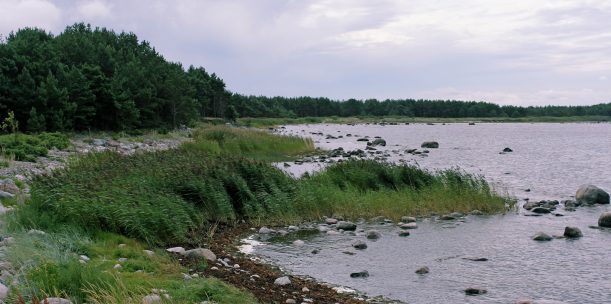Its natural values are old forests, diverse beaches, small bogs, and large boulders. About 350 vascular plants, over 100 mosses, and at least 150 lichen species have been found on the island. Estonia’s most biggest collection of boulders is also located on Aegna Island – on the Lemmiku cape, where the largest boulder of the island, Tulekivi (Fire Rock) is also situated (35 meters in diameter). The communities growing on Lemmiku cape are very sensitive.
Aegna is mostly covered in forests – all kinds of it. On sandy areas, there are pine groves and in the middle of the island, there are drained peatland forests, mesotrophic boreal forests, and heath forests. Additionally, the 10-kilometre coastline of Aegna has over ten different types of beaches: for example, different sandy, gravel/pebble, and moraine beaches. The stone maze in Eerikneeme, which was probably built in the 12th–15th century, is a magnificent sight.








